The Last Movie Star
Robert Redford rose to fame in 1969’s Butch Cassidy and the Sundance Kid, and he still earns swoons for his laid-back, tanned good looks. Except these same good looks also hide a multitude of sins and tragedies: From his on-set struggles to his thorny personal life, even in his heyday, Robert Redford was no golden boy.
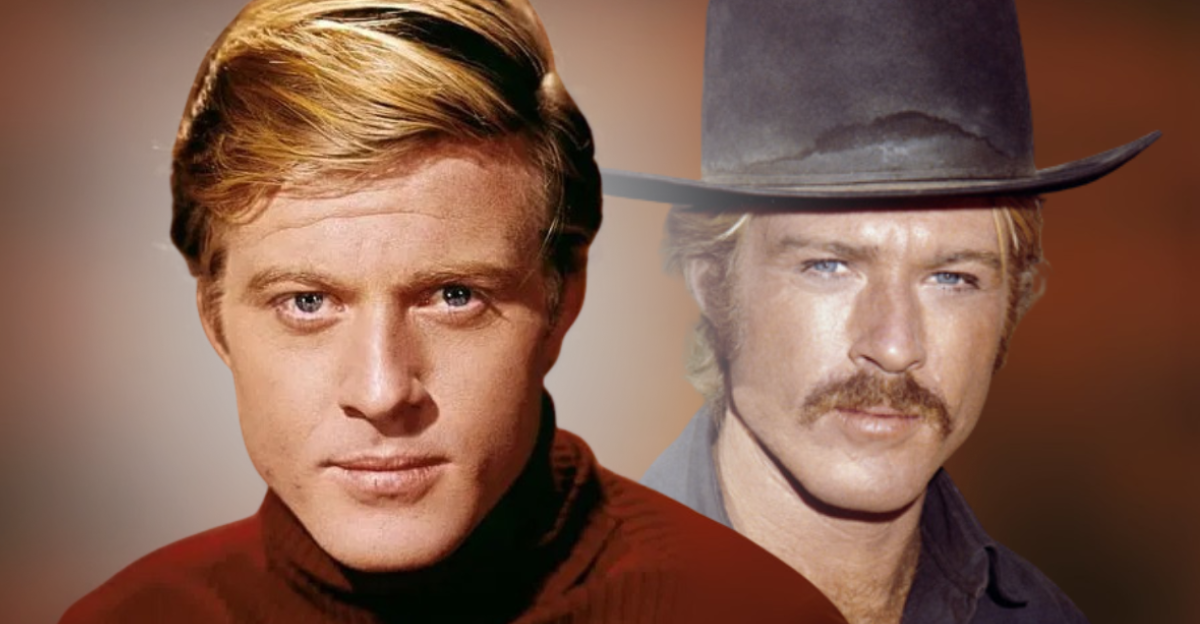
Factinate Video of the Day
Buzz Soars for Emmy-Nominated ‘The Studio’ with Impressive One-Take Direction and Star-Studded Cameos
1. He Was Unpopular
Despite his legendary good looks, Robert Redford had an ugly childhood. Born in 1936 in California, he described himself as “a freckle-faced, kind of redheaded kid” who got mercilessly bullied because “my hair had so many cowlicks”. He also had trouble sitting still, and adults were always telling him to slow down.
Before long, this problematic childhood turned dangerous.
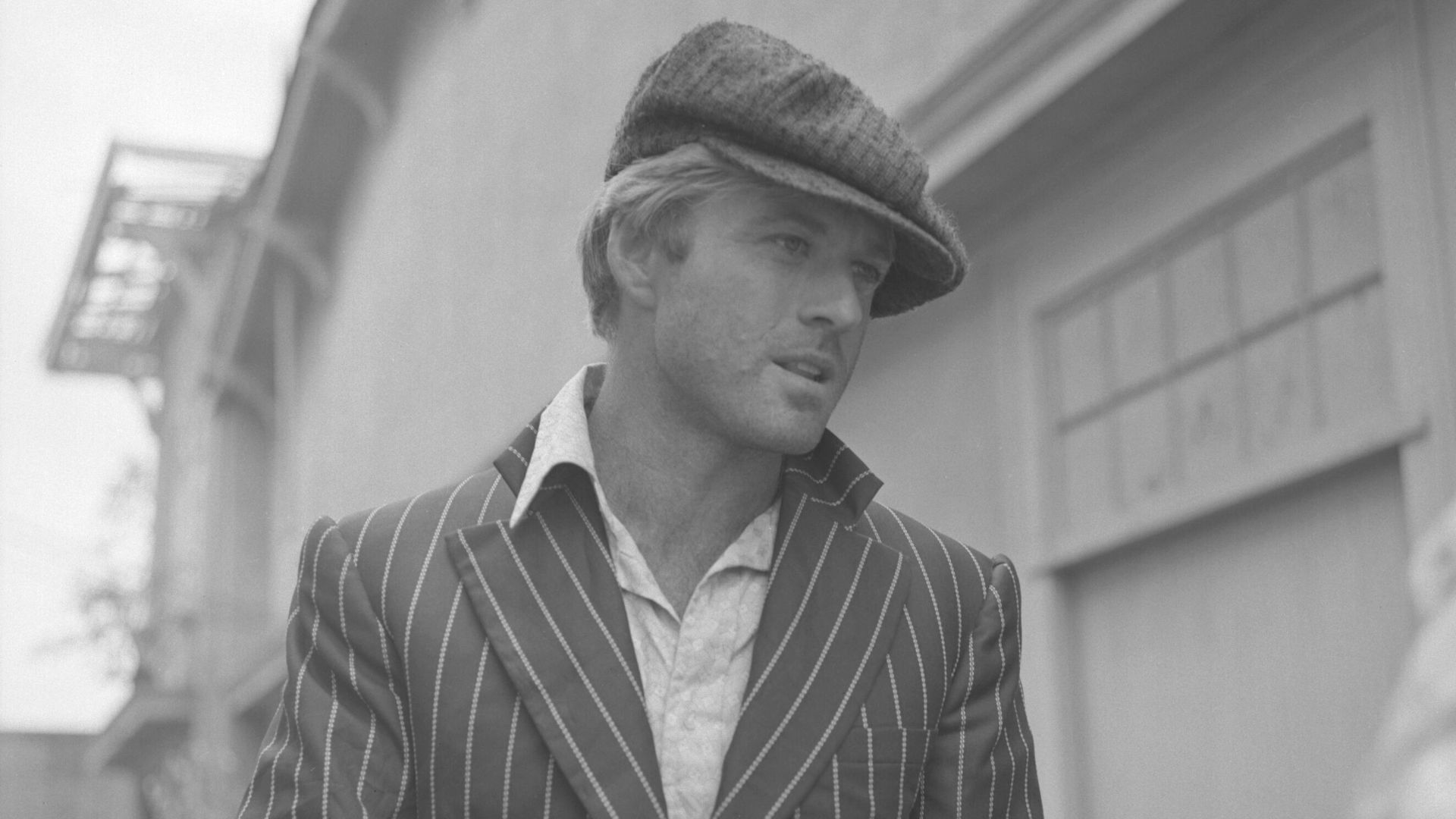
2. He Took A Near-Fatal Dare
Redford looks All-American, but he’s always had a rebellious streak. Growing up, there was a local group of boys who ran around calling themselves the Pachucks, and one day they dared Redford to jump from a roof. Redford, determined not to look like a wuss, did it and only narrowly escaped fatal injury.
After he survived, he “toughened up” in ways that would stun some of his fans.
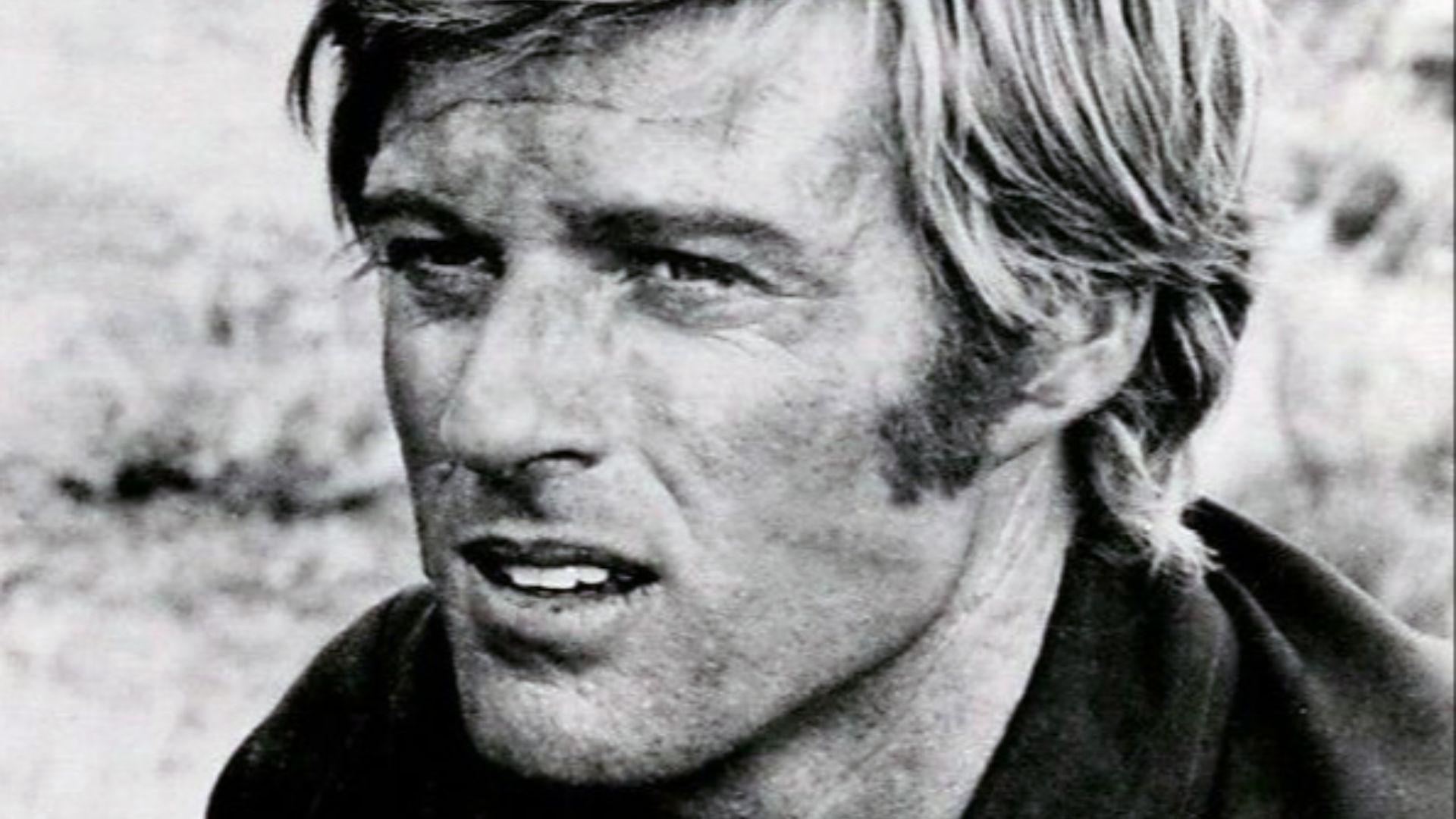 NBC Television, Wikimedia Commons
NBC Television, Wikimedia Commons
3. He Was A Delinquent
When he was in his teen years, Redford began running with his own gang of boys, the “Barons”. Redford got up to much worse than bullying. His crew began breaking and entering and performing acts of petty theft. In fact, Redford’s whole life began going down the drain: Never an A-student at school, he was also fired from a series of jobs and later kicked out of college thanks to his drinking habits.
Then again, there was a heartbreaking reason for this acting out.
4. He Lost His Mother Young
Redford experienced a series of horrific tragedies as a child, including the death of his favorite uncle, who fell in the Battle of the Bulge. Then, just after he graduated high school, his mother perished from septicemia. But the worst was yet to come. In response to these events, Redford’s family remained eerily stoic. As Redford put it, “There was no talk about it, and everybody moved on”.
It all had to go somewhere, and soon a misspent youth wasn’t enough.
5. He Was Stranded In Europe
As he became an adult, Redford increasingly turned to art to help him process his emotions—he just wasn’t always good at it. He actually spent time in Europe working on visual art, but it was hardly a success: he was forced to have a desperate street sale of all his pieces, and only managed to scrape enough money together to pay for his ticket back to America.
Redford claims the harrowing experience gave him a built in “nervousness,” and he switched to toiling away in Broadway plays upon his return. Then, in the blink of an eye, everything changed.
6. He Hit It Big
In 1969, the biggest breakthrough of Redford’s career came. He played the Sundance Kid in Butch Cassidy and the Sundance Kid, opposite screen icon Paul Newman, and overnight he was rocketed to international success. It’s still one of his most identifiable roles today, and helped create the idea of Redford as a good guy with sardonic flair.
Yet few know how close Redford came to not getting the part.
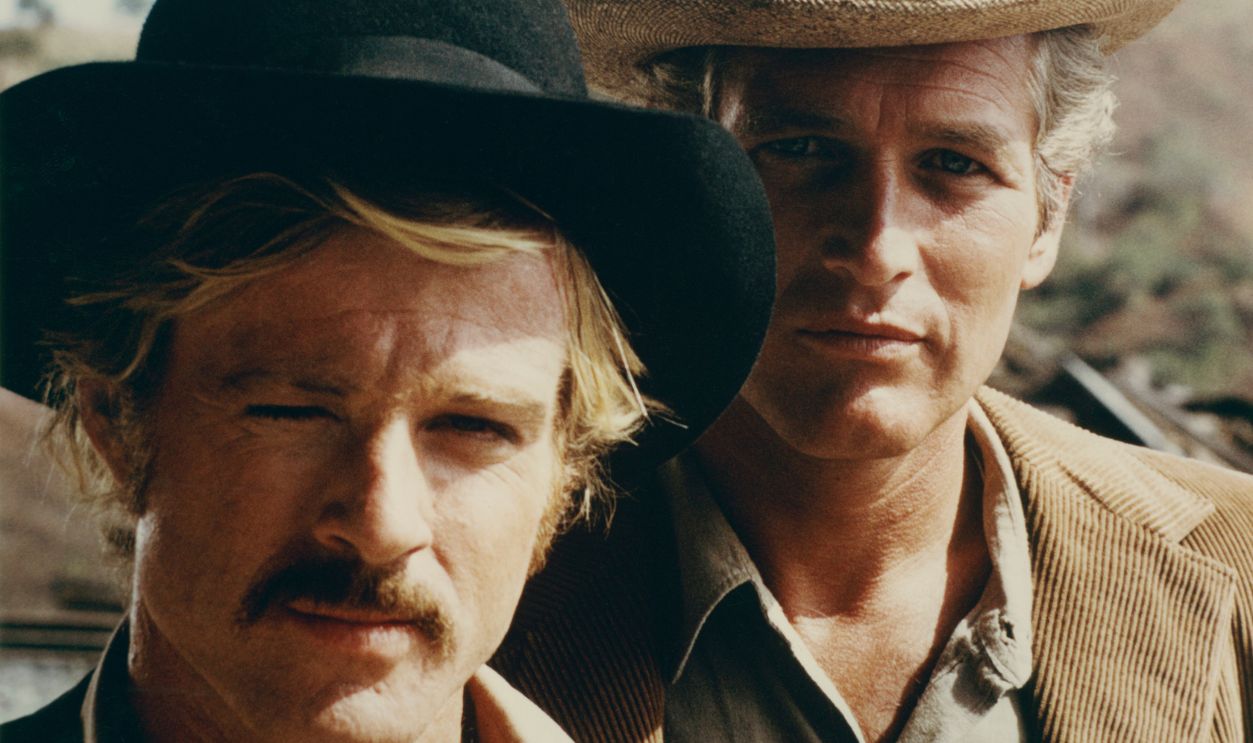 Silver Screen Collection, Getty
Silver Screen Collection, Getty
7. They Didn’t Want Him
At the time the studio was casting for the Sundance Kid, they were vehemently against Redford playing him. After all, his co-lead Paul Newman wasn’t just far better known than Redford, he was also over a decade older than him. It took Newman, the film’s writer William Goldman, and its director George Roy Hill putting their collective foot down to convince studio executives to cast him anyway.
In hindsight, though, the executives may have had a point. Redford wasn’t ready.
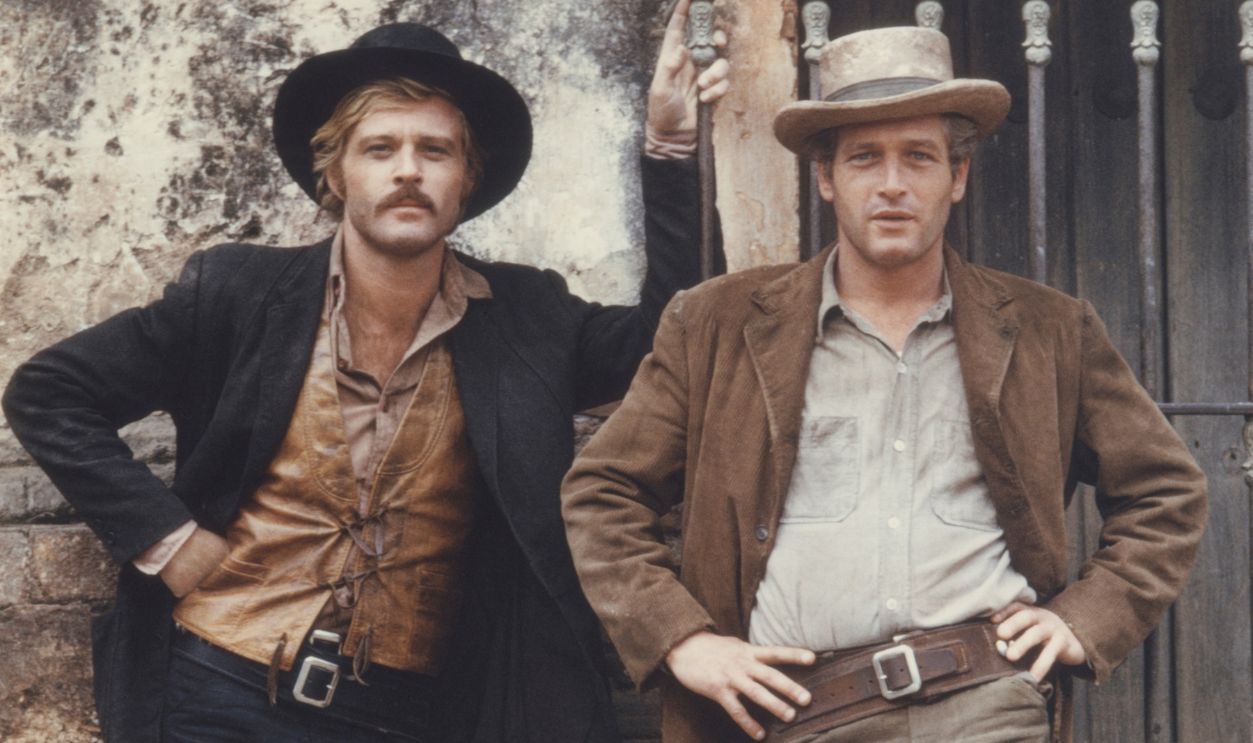 Moviepix, Getty Images
Moviepix, Getty Images
8. He Couldn’t Handle The Pressure
For all the success of Butch Cassidy and the Sundance Kid, there was also an instant dark side. Redford had experienced some success with the Broadway play and film Barefoot in the Park, but this was modest compared to Butch Cassidy, and he was completely stunned and confused by the sudden, massive attention now on him.
His coping strategies were erratic.
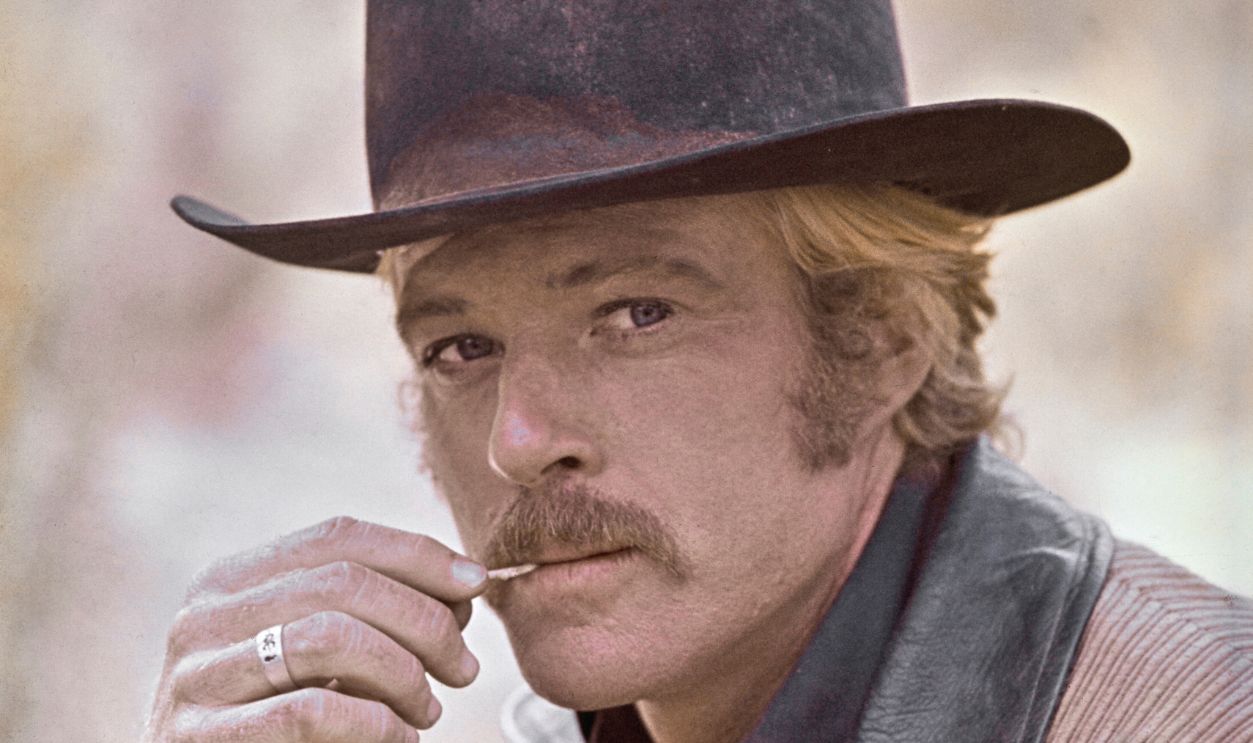 Michael Ochs Archives, Getty Images
Michael Ochs Archives, Getty Images
9. He Played Mind Games
Having gone from scraping together his art collection for a flight back home to the heartthrob of the day, Redford struggled to keep a clear idea of his own identity. First, he tried to make “a great, grand game of it” by putting on different identities and disguises, taking different names and even once pretending he was an “exchange student from Bogota” in public.
Yet despite all these mind games, Redford wasn’t laughing inside.
 ullstein bild Dtl.,
ullstein bild Dtl.,
10. He Hated Being Typecast
Redford could lie about his background all he wanted, but he couldn’t change his face—and by now, all Hollywood could talk about was his good looks. For Redford, this was even more uncomfortable than his new category of fame, because, as he put it, “The notion is that you’re not so much of an actor, you’re just somebody that looks well”.
Still, Redford had things other than Hollywood to focus on.
 Bettmann, Getty
Bettmann, Getty
11. He Buried A Child
When he was still trying to eke it out on Broadway, Redford married Lola Van Wagenen, who gave birth to their first child together, Scott Redford, shortly after. Then the unspeakable happened. At just a few months of age, baby Scott suffered from SIDs, and Redford and his wife had to bury their son.
Even so, this didn’t stop Redford from pursuing fatherhood. By the time Butch Cassidy and the Sundance Kid came out, Redford and Van Wagenen had two more children, with another on the way. Still, Redford was restless.
 Ron Galella,
Ron Galella,
12. He Became Friends With A Murderer
Redford has always had a wandering heart, and around the time he played the Sundance Kid, he felt dissatisfied enough with his life to take off to California’s Big Sur and walk for 90 miles. While there, he struck up an unusual (and hair-raising) friendship with a hotel owner…who’d only just recently been locked up in Alcatraz for murder.
For all that, Redford spoke highly of the man, and credited the trip with getting him back into himself. But his next string of films would take him far away from that grounding.
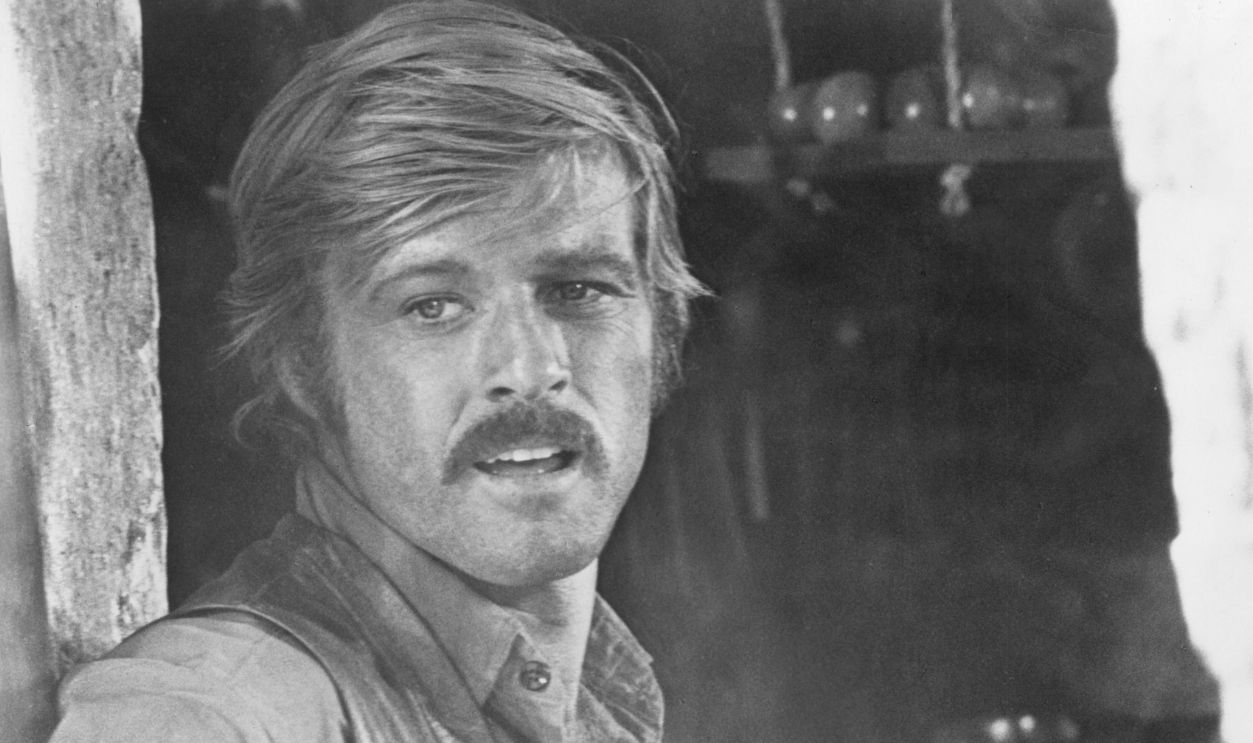 Moviepix, Getty
Moviepix, Getty
13. He Was The Star Of The 70s
The early 1970s were Redford’s decade. Indeed, 1973’s The Sting, which reunited him with Paul Newman, earned him the only Academy nomination for Best Actor that he would ever get. The film was so popular, the studio re-released Butch Cassidy, sensing that audiences were still hungering for the Newman–Redford dynamic.
But that same year, he met his Hollywood match.
 Screen Archives,
Screen Archives,
14. He Was In A Cult Favorite
1973 also saw Redford star in the romantic drama The Way We Were alongside Barbra Streisand. Although it has since become a cult classic, making the movie was a nightmare. According to film historian Robert Hofler, Redford had been reluctant from the start to work with Streisand, since he knew her mostly from musicals and thought she wasn’t “serious” as an actor—something he very much wanted to be.
It all went downhill from there.
 Columbia TriStar,
Columbia TriStar,
15. He Scoffed At His Character
Redford required some intense wooing to even step on the set of The Way We Were, which told the story of Hubbell Gardiner, played by Redford, and Katie Morosky, played by Streisand, as they struggle to stay together despite their differences. He described his character, Hubbell, as “camp” to director Sydney Pollack, and also said he thought Hubbell was a “Ken Doll”.
But Redford saved his worst insults for Streisand.
 A Chance
A Chance
16. He Disliked His Co-Lead
In addition to not believing Streisand could be a “serious” actress, Redford was also terrified she would turn the film into a musical, just like many of her other flicks—in fact, Streisand did sing the main theme, “The Way We Were”. More than that, though, Redford reportedly disliked Streisand’s reputation for being controlling, saying, “She will direct herself. It’ll never work”.
It took eight long months for Pollack to cajole Redford into the part…and then the real drama began.
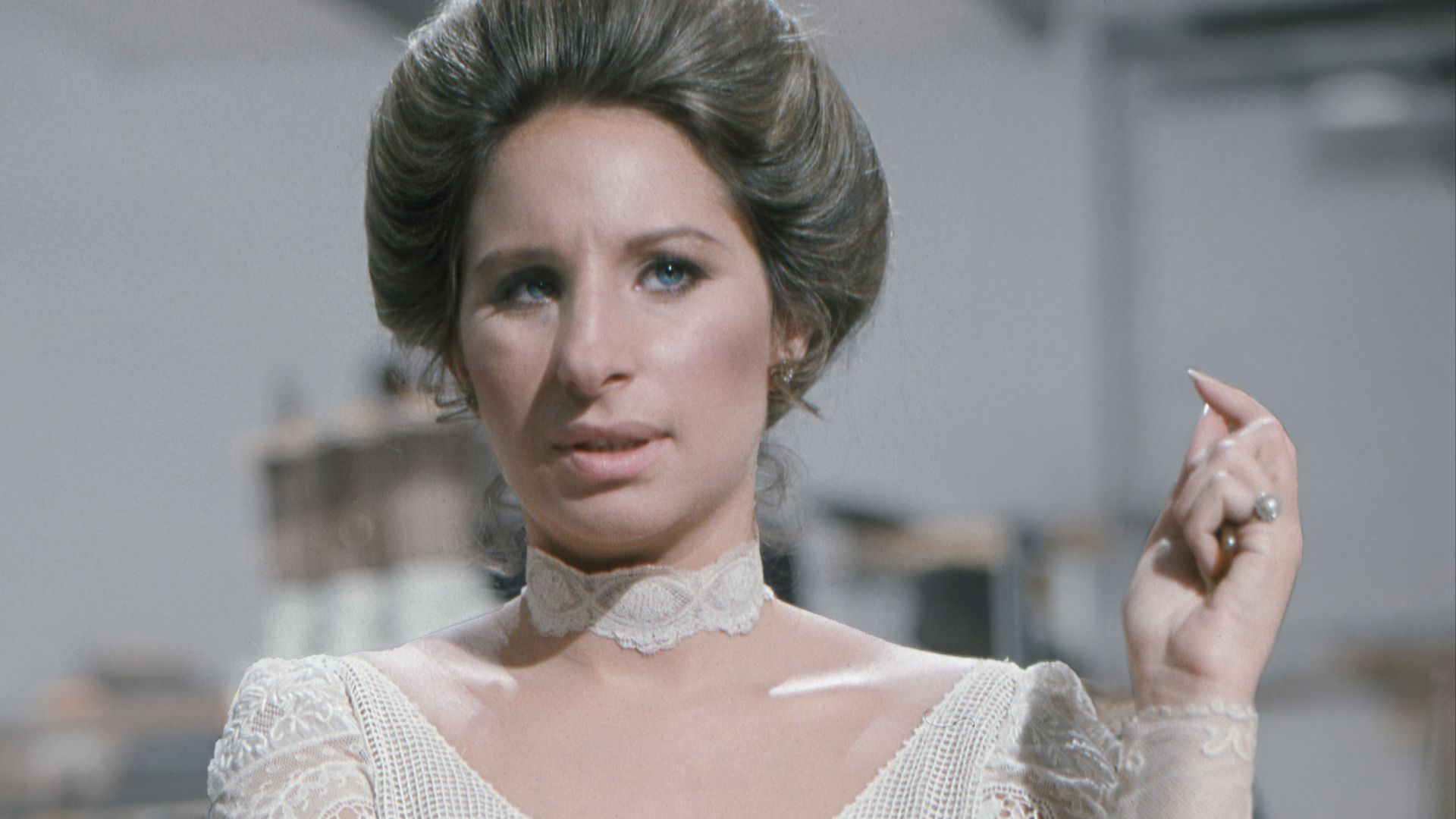
17. She Was Infatuated With Him
The Way We Were suffered from massive rewrites and executive clashing throughout its shoot, but perhaps the biggest conflicts remained between Redford and Streisand. According to Hofler, Streisand was “infatuated” with and “mesmerized” by Redford, who reportedly didn’t share these feelings. So when it came to their steamy scenes, it got awkward quickly.
 A Chance
A Chance
18. He Doubled Up
Hofler reports that while Streisand was happy to wear a bikini for the scenes they were in bed together, Redford apparently doubled up on his underwear in an attempt to make it very clear he wanted nothing to do with Streisand, and didn’t want any funny business. Throughout, he was also determined that everything be “pretty G-rated”.
Still, his own mind was in the gutter.
 Sunset
Sunset
19. He Refused To Say One Line
Although Streisand did have a reputation for being controlling and something of a diva on set, it was Redford who reportedly refused to say the line “It will be better this time” during one of their romance scenes. In an apparent blending of fiction and reality, Redford didn’t want to give the impression that he wasn’t good in bed, and he stood firm on this opinion through 12 producer memos and even a post-production push, never uttering the words.
He put his foot down in another scene, too.

20. He Refused To Admit Weakness
In another touching scene, Streisand’s character brushes Redford’s bangs away, and in response his character was supposed to, perhaps self-deprecatingly, note that his hair was gray. Except Redford also refused to say this line. According to Hofler’s book, “If Hubbell was not ever bad in bed, he also was not ever going to go gray”.
But when both Streisand and Redford decided to be divas, sparks flew.

21. He Messed With His Co-Star
While filming The Way We Were, both Streisand and Redford wanted to be shot from only the left side—Streisand because she disliked the angle of her nose from the right, and Redford because he disliked a smattering of moles that would be on display. So Redford got his revenge. During one scene, Redford reportedly turned Streisand’s head to her bad side in order to get one over on her, causing her to freeze mid-scene.
Obviously, Redford’s adolescent rebel side was coming out again, but he did get his comeuppance.

22. She Outshone Him
When The Way We Were finally did come out, it was an instant hit and the fifth highest-grossing film of the year. There was just one thing: it was Streisand who got most of the accolades. At the Oscars, she was nominated for Best Actress and won Best Original Song as well as Best Original Dramatic Score. Meanwhile, Redford got zilch in terms of recognition.
He did get some more karma, though.
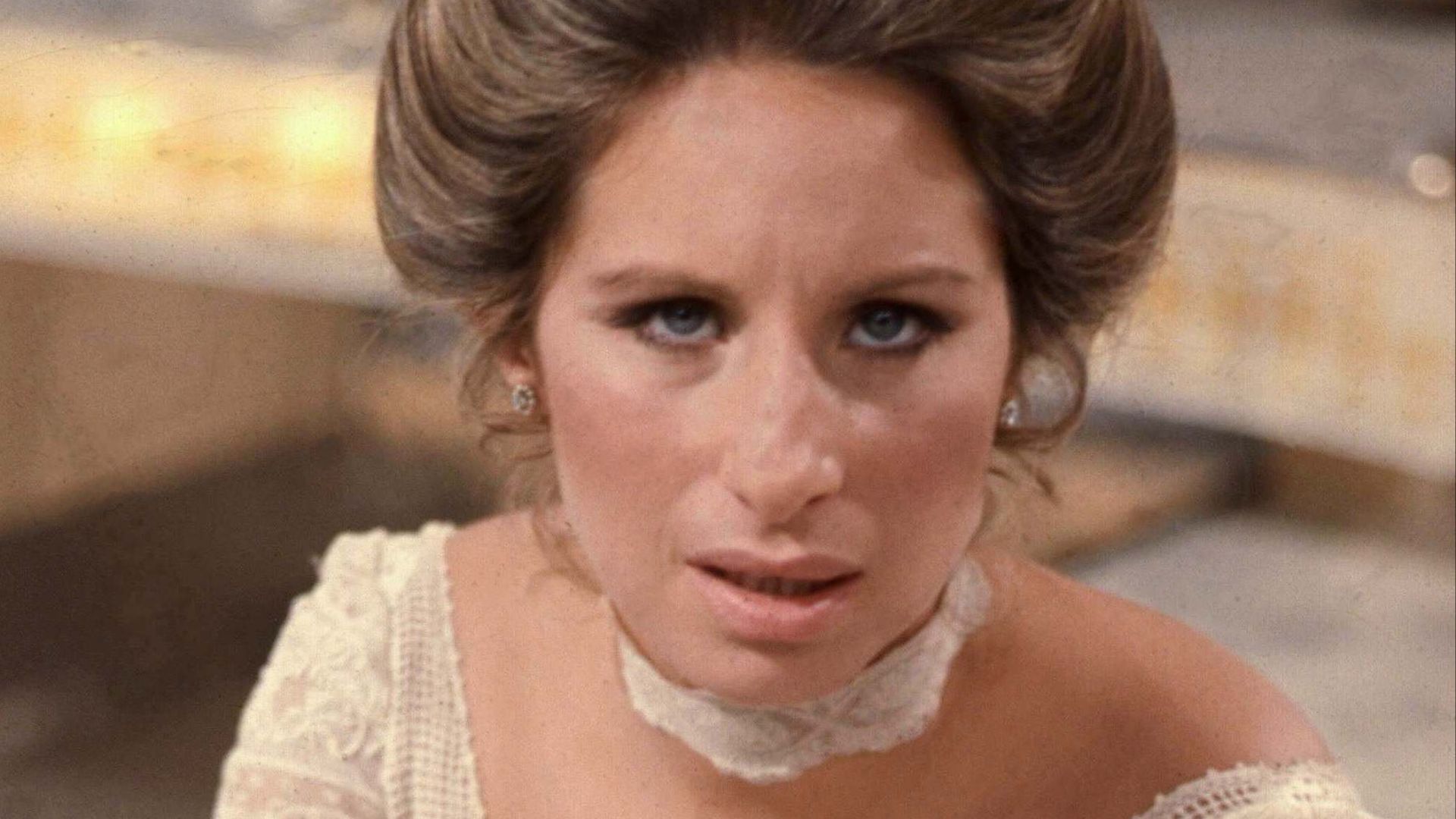
23. Fans Cornered Him
After The Way We Were became a hit, Redford was haunted by a particular scene—the same bang-brushing one where he had refused to note his hair was grey. Fans were drawn to that moment, and, much to Redford’s horror, they would come up to him years later and try to brush away those bangs themselves.
Of course, that is boundary pushing. But Redford likes to push boundaries himself.
 A Chance
A Chance
24. He Had A Favorite Director
Redford’s work in The Way We Were reunited him with director Sydney Pollack, who had directed him two films before and would do the same for four more films after. The pair, as Redford would later describe, were “kindred spirits” who first bonded on the film War Hunt about just how bad they thought the production was.
Yet while the pair worked well together, Pollack’s films were where Redford—comfortable in the collaboration—really let his devilish side show.
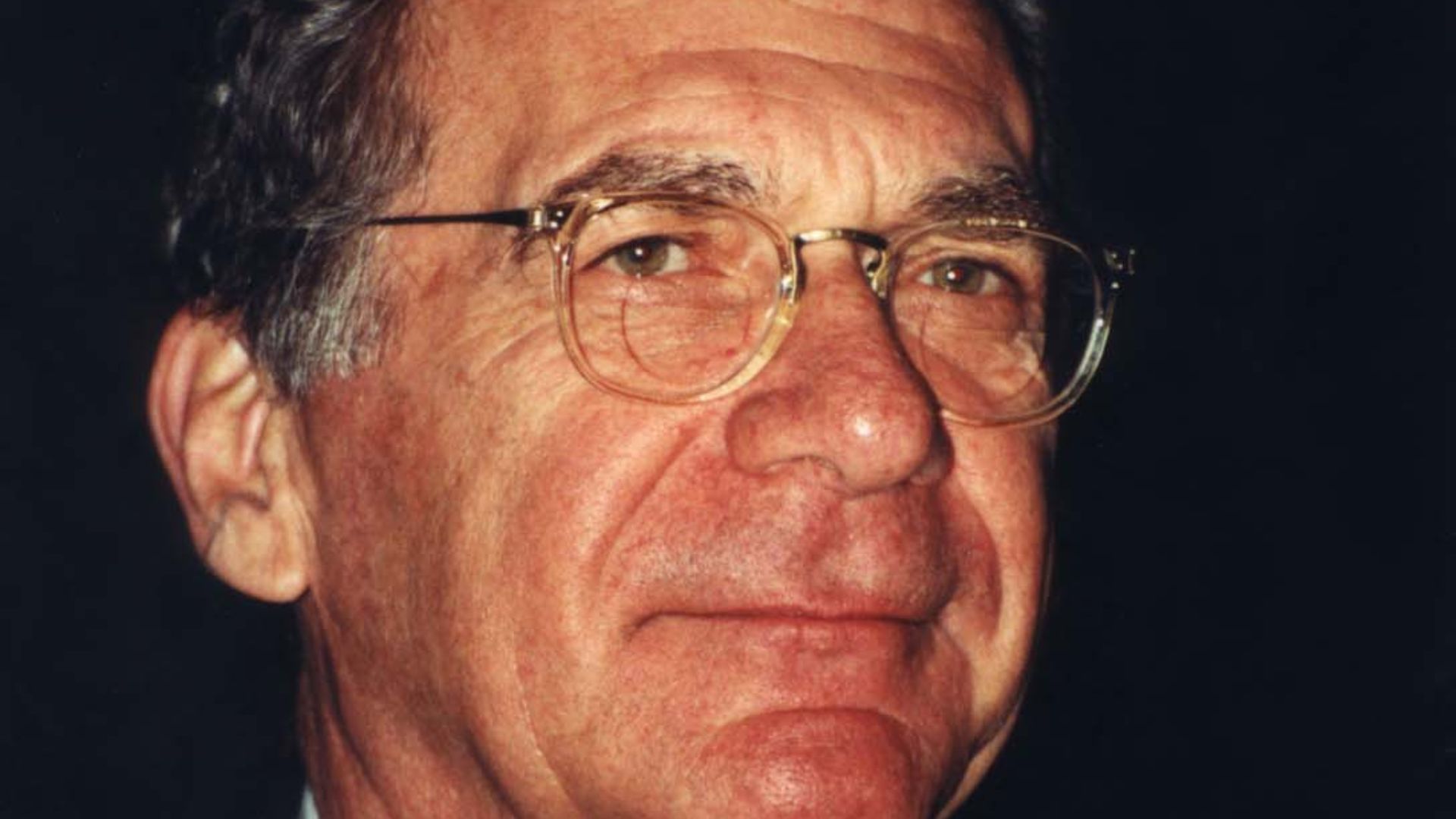
25. He Stirred The Pot
During his time working under Sydney Pollack, Redford clearly wasn’t afraid to push back at the director. But there was one thing the actor did that drove the director mad. Occasionally, Redford would pointedly ask Pollack why he had the camera set up in a specific direction, and why he wasn’t framing something else. Pollack’s response was just as sharp.
 Screen Archives,
Screen Archives,
26. His Director Reprimanded Him
Pollack could usually handle Redford opining about his own work as an actor, but he drew the line at Redford giving unsolicited advice about directing. Redford reported, amused, that if he got too inquisitive on set, Pollack would then snipe, “Would you mind? Go have a coffee. Go sit in the woods for a while”.
Then again, there were things about Redford’s acting that Pollack hated too.

27. He Drove His Director Crazy
Redford is and was a fantastic actor, but he was particularly bad in these Pollack days about “matching” in a scene—that is, keeping the continuity of his character’s actions. Redford recalled how Pollack would say, “Jesus, you’re driving me crazy. You’ve got a peach in your hand in the first part of the scene—what happened to it?”
Redford’s reply was the definition of cheeky.

28. He Had An Answer For Everything
Redford was good-natured even then, but he also had a difficult time admitting guilt. Even years later, he related how he replied to Pollack about the peach debacle by saying, “I’d be more concerned if I didn’t have a peach in my hand in the beginning of the scene and I suddenly had one”.
Clearly, Redford liked to be in charge and didn’t like to back down. He was about to get more control than he could handle.

29. He Got In On The Ground Floor
In 1972, a controversy changed Redford’s career. The Watergate scandal broke, eventually bringing down President Richard Nixon. Throughout, reporters Carl Bernstein and Bob Woodward, along with their infamous inside source Deep Throat, provided breathless reporting of the story. Redford acted fast.
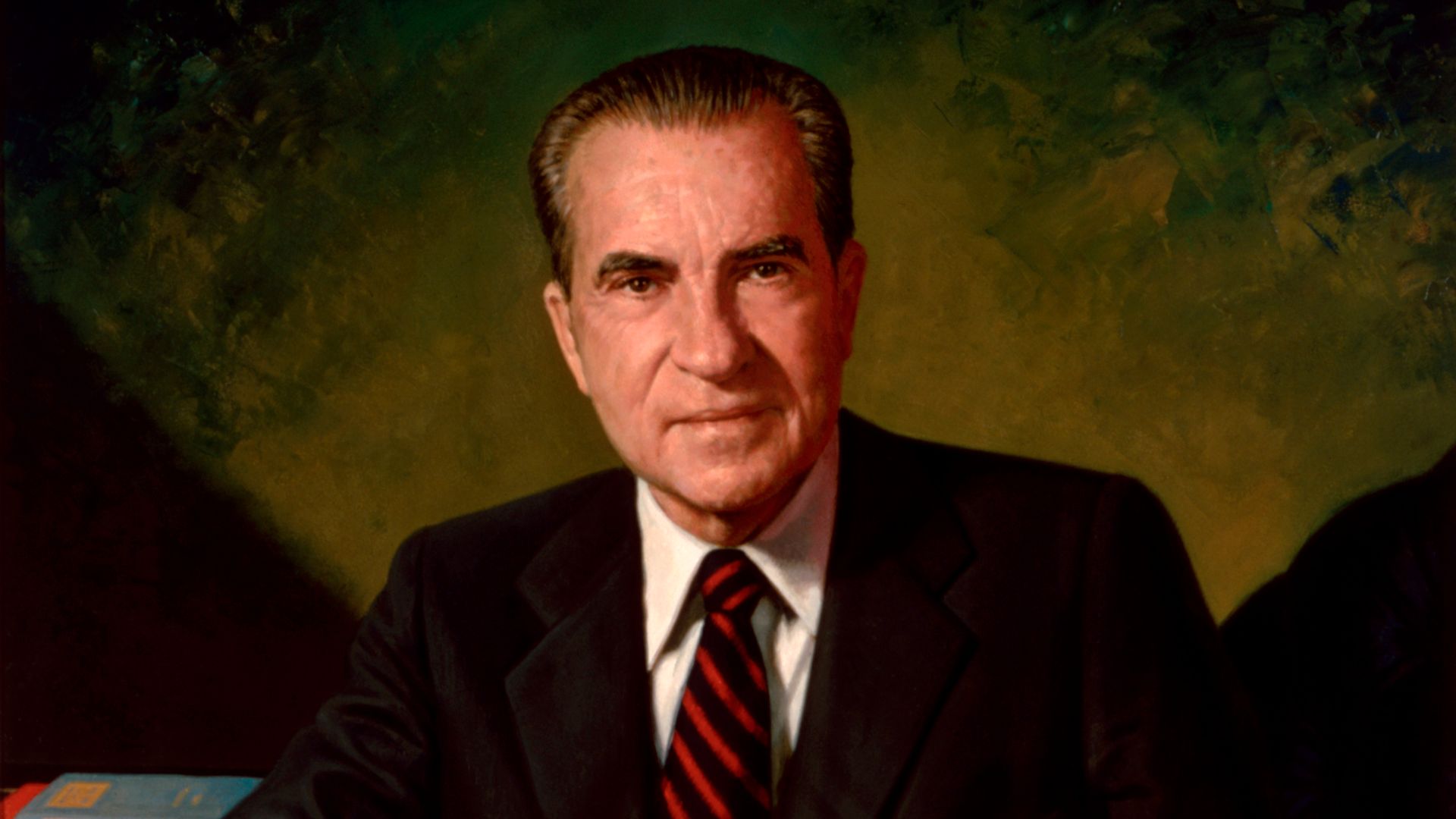
30. He Pounced On A Scandal
Redford knew a good narrative when he saw it, and he was in contact with Bob Woodward just months after the story broke. Two years later, after Woodward and Bernstein’s book All the President’s Men came out, Redford then jumped on the bidding war to buy the rights for a film adaptation, eventually winning them.
It didn’t go how he thought it would.

31. He Got Serious
Redford wanted to step back from acting and focus on producing All the President’s Men, but fate had other plans. In the end, because bidding on the film rights had gone so high and thus investors wanted a bankable star, Redford ended up taking the part of Bob Woodward, alongside Dustin Hoffman as Carl Bernstein, in addition to acting as producer.
Regardless, the film was still a way for Redford to “[fight] for the more serious side of myself”—but he certainly had to fight.

32. His Writer Insulted Him
As both an actor and a producing influence on the film, Redford had to juggle multiple and massive egos for the next months and even years. Although he hired William Goldman, who’d written Butch Cassidy and the Sundance Kid, to create the script, Carl Bernstein had other ideas. The Watergate reporter was married to legendary screenwriter Nora Ephron, and after Goldman’s first draft failed to impress, the pair presented Redford with their own rival script.
Goldman’s later versions eventually won out, but the writer still called it—and Redford’s involvement—a “gutless betrayal”. Thankfully, all this strife paid off.

33. He Finally Made It
Redford’s turn as Bob Woodward, which is less flashy than Hoffman’s Bernstein but full of its own magnetism, is widely considered one of the best performances of his career. More than that, All the President’s Men was nominated for Best Picture at the Academy Awards after it came out—and it was an instant controversy when it lost to Rocky in 1977.
Finally, Redford felt like he was getting somewhere. In 1980, he took on an entirely new role.
34. He Became A Director
After years in front of the camera, Redford made good on all his grief with Syndey Pollack and had his directorial debut in 1980’s Ordinary People. It was a critical and largely commercial success when it came out, with many praising Redford for getting the most emotion out of his cast, particularly his lead Mary Tyler Moore. But…it wasn’t a slam dunk, and a lot of it was Redford’s fault.

35. He Snubbed A Future Star
When it came to Ordinary People, Redford had one big miss. During pre-production, new actor and future superstar Michael J Fox auditioned for one of the parts, but Redford didn’t see any potential in the young man. He was actually reportedly so unimpressed with Fox, he rudely flossed his teeth during the audition.
He also made a multitude of mistakes on set.

36. He Didn’t Know What He Was Doing
Redford admitted that before he directed Ordinary People, he’d spent his acting career usually studiously ignoring what was going on behind the camera—except when he was bothering Pollack, of course. As he confessed, “I had purposely stayed away from learning the vocabulary of the camera”. So when it came time to actually perform this kind of camera work, he was at a huge loss.

37. He Had To Think On His Feet
Unsurprisingly, assistants on Ordinary People inevitably asked the untested director what kind of lenses he wanted to use. At that point, as Redford put it, “I got into trouble”. So he came up with an unorthodox solution. In frustration, he took out a piece of paper and essentially sketched a storyboard for his director of photography to try to get across what he wanted. Thankfully, it worked, and Redford learned.
Still, Redford could be forgiven for his errors: his mind may have been on his disintegrating personal life.
38. He Had A Top Secret Split
In 1982, an entertainment outlet reported breathless news: Redford and his wife Lola Van Wagenen were separated. Except, well, most of Hollywood apparently already knew; one reporter noted that the couple had “been very much apart for a number of years”. To this day, Redford has kept the reasons for the split under wraps, and even as late as the 1990s no one knew if they’d even officially filed for divorce or not.
39. He Couldn’t Win
A few years after his split leaked, Redford starred in the Sydney Pollack-directed Out of Africa with Meryl Streep, which—like so many of Redford’s films—turned into an instant classic. It also brought him another familiar insult. While it won Best Picture at the Academy Awards and Meryl Streep was nominated for Best Actress, Redford’s name was never even called on nomination day.
In so many ways, Redford’s career was a series of near misses.

40. He Was Almost In The Godfather
Every legendary actor has a few sliding doors moments—roles that they almost had, or turned down, that went on to become cultural touchstones. Redford, though, has more than most, and each of them seems like a bigger missed opportunity than the last. In 1972, he was even considered for the role of Michael Corleone in the Godfather films, a role that earned Al Pacino two Oscar nominations.
More was to come.
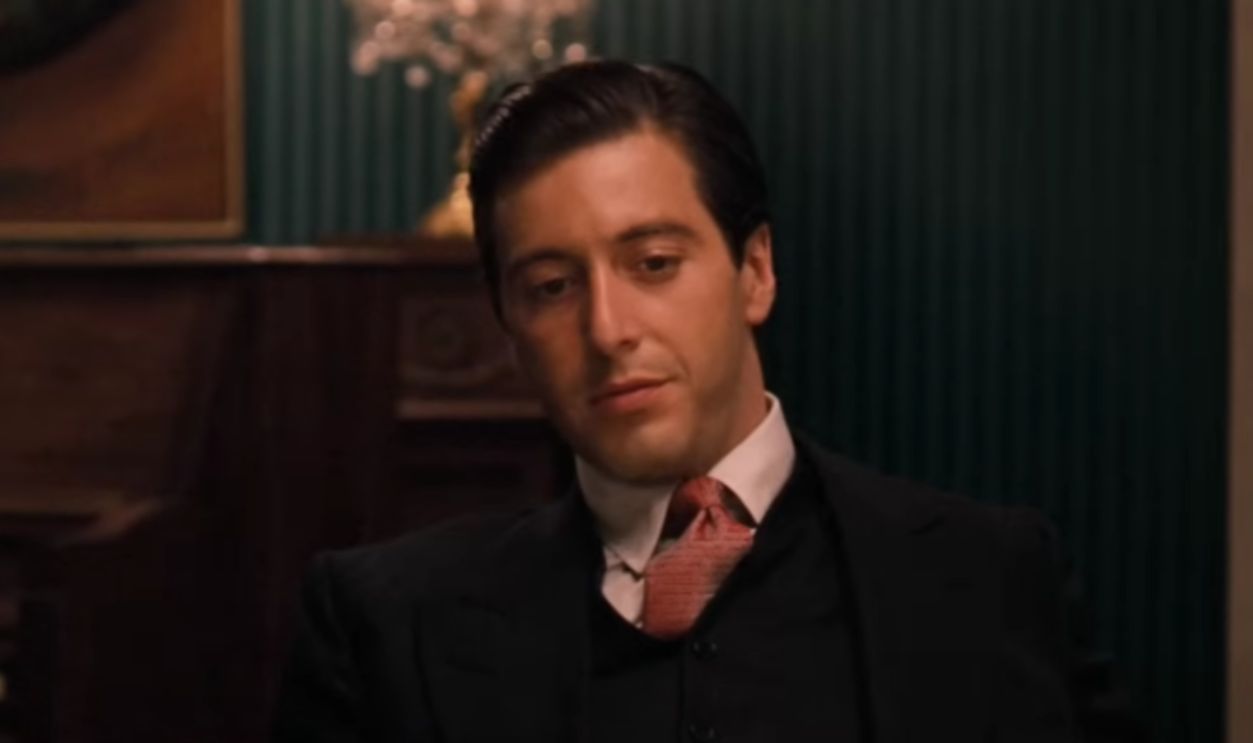
41. He Only Wanted A Certain Kind Of Role
In 1982, Redford was set to star in The Verdict, directed by Sidney Lumet. It went wrong fast. Always touchy about how the characters he played would reflect on his own personality, Redford became dissatisfied with the writing of his character Frank Galvin, and insisted that he didn’t want Galvin to be “such a loser”.
But Sidney Lumet was no Sydney Pollack, and the director pushed back.

42. He Walked Off A Film
Lumet didn’t take Redford’s meddling with the character well, and became upset by the actor’s continued attempts to change the script. Eventually, it hit a breaking point, and Redford dropped out of the film. But there was a twist: His old co-star Paul Newman took up the role in his place…and got an Oscar nomination in the process.
Yet the biggest role Redford lost out on wasn’t his fault at all. Or, not intentionally anyway.

43. He Was Desperate For A Part
In 1967, when Redford was still trying to make a name for himself, he was desperate for the neurotic lead part in the upcoming (and now iconic) film The Graduate, directed by his friend Mike Nichols. The answer was crushing. Nichols refused to cast him, saying “’You can’t play it. You can never play a loser”.
Unfortunately, Redford went and proved how true that was.

44. He Was Too Cool
Redford, still itching for the part, refused to back down. So Nichols asked him just one question: Had a woman ever rejected him? Reportedly, this was so beyond Redford’s experience that he could only look confused, proving Nichols’ point. Eventually, Nichols cast Redford’s future All the President’s Men co-star Dustin Hoffman in the part…who also picked up an Oscar nomination.

45. He Retreated From Acting
In the late 1980s and early 1990s, Redford turned more and more to directing to fill his cup, making The Milagro Beanfield War in 1988, A River Runs Through It in 1992, and then Quiz Show two years after that. In the meantime, he took on very few acting roles; as one critic noted, “Robert Redford may have become a more complacent movie star in the last decade, but he has become a more daring and accomplished filmmaker”.

46. He Founded A Famous Festival
As part of his turn away from acting and more into filmmaking, Redford was also one of the main drivers behind the Sundance Film Festival, which takes place in Utah where Redford owns property, and which is named after perhaps his most famous role, the Sundance Kid. The festival continues to win acclaim today—but Redford himself has come under fire.

47. He Didn’t Like To Kiss Jane Fonda
Robert Redford is one of Hollywood’s living legends, but another living legend has had some choice words for him in the past. His old co-star Jane Fonda noticed disturbing details about Redford on film sets. Not only was he “always in a bad mood,” he also “did not like to kiss”.
After dealing with him in both Barefoot in the Park and The Electric Horseman, Fonda finally decided she knew the reason why—but that reason was a comfort to no one.

48. He Has “An Issue With Women”
According to Fonda, Redford’s reluctance to kiss her, and even his reluctance to kiss co-stars like Barbra Streisand on The Way We Were, has everything to do with his problems with women. As Fonda said, “He’s a good person. He just has an issue with women”.
He could, however, be a gentleman on set.

49. He Helped A Tragic Star
Redford has a connection to one of Hollywood’s biggest tragedies. He went to school with child star Natalie Wood, and when they met again years later for 1965’s Inside Daisy Clover, Redford eased the tension during a particularly scary moment. While filming, they were shooting on a boat that got stranded at sea and, seeing her distress at being on the open water, Redford calmed Wood down.
Nearly two decades later, Wood would drown while on a yachting trip, with many accusing her husband Robert Wagner of foul play.

50. He’s Still Got It
These days, the almost 90-year-old Redford lives a quiet life, though he maintained an active Hollywood career well into the 2000s. In 2009, he even found love in matrimony again, and married his longtime girlfriend Sibylle Szaggars—who has been living with him since 1996—in Hamburg, Germany.

51. He Lived An Incredibly Full Life
Robert Redford passed on in his sleep on September 16, 2025, at the age of 89. When the news broke, tributes from many of his famous friends came flooding in—including one from Meryl Streep, who wrote: “One of the lions has passed. Rest in peace my lovely friend”.